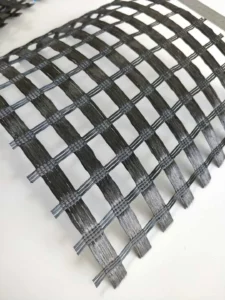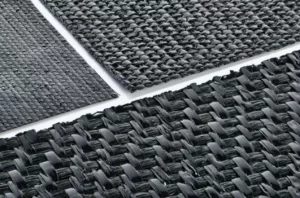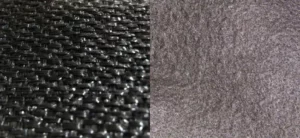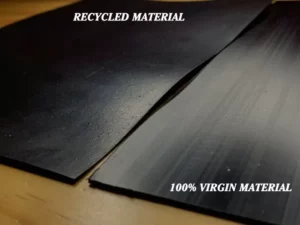Discover the critical role of geotextiles in reinforcing and protecting water reservoir dam liners, a key to ensuring their durability and functionality.
Geotextiles in dam liners offer puncture protection, control erosion, enhance stability, manage water flow, and support vegetation, significantly boosting the resilience and longevity of dams.
Continue exploring to understand the environmental benefits, customization options, and practical application methods of geotextiles in water reservoir dam liners.
The Role of Geotextiles in Dam Liners
Geotextiles have become a vital component in the construction and maintenance of water reservoir dam liners, offering multifaceted benefits crucial for dams’ integrity and functionality. Here’s an expanded look at their significant roles:
Puncture Protection:
Layer of Defense: Geotextiles are a robust protective layer over the dam liner, effectively shielding it from potential damage caused by sharp objects like rocks, roots, or debris.
Durability Enhancement: This protective action extends the lifespan of the dam liner by preventing punctures and tears that could lead to leaks or structural weaknesses.
Erosion Control:
Soil Retention: When placed on the water-facing side of the dam, geotextiles help retain soil, significantly reducing the risk of erosion which can undermine the dam’s stability.
Preventing Washout: Erosion control is particularly critical during heavy rains or in flood-prone areas, where geotextiles prevent soil washout, thus preserving the dam’s foundation.
Stabilization:
Load Distribution: Geotextiles distribute the weight and stress exerted on the dam more evenly, particularly beneficial in areas with variable terrain or soil inconsistency.
Settlement Reduction: They help reduce uneven settling of the dam, maintaining its shape and structural integrity over time.
Water Flow Management:
Filtration and Drainage: Geotextiles facilitate controlled water flow through the dam structure while filtering out soil particles. This prevents clogging of the drainage system and maintains optimal reservoir capacity.
Hydraulic Efficiency: Their permeable nature aids in maintaining hydraulic efficiency within the dam, ensuring proper water levels and flow rates.
Vegetation Support:
Promoting Growth: In some designs, geotextiles promote vegetation growth on the dam surface, which not only aids in erosion control but also contributes to the ecological balance and visual appeal.
Root Reinforcement: The root systems of the vegetation intertwine with the geotextile fabric, creating a natural reinforcement layer that further stabilizes the soil.
Enhancing Longevity:
Resistance to Degradation: Modern geotextiles are manufactured to resist UV radiation, chemicals, and biological degradation, ensuring long-term performance even in harsh environmental conditions.
Adaptability: Their flexible nature allows them to adapt to changing environmental conditions and loads, maintaining their protective functions throughout the dam’s lifespan.
By incorporating geotextiles into dam liner systems, engineers and constructors can significantly enhance the structural and functional aspects of water reservoir dams. Their role in providing protection, stabilization, and management makes them an indispensable tool in the field of hydraulic engineering.

Environmental Benefits and Customization of Geotextiles in Dam Liners
While geotextiles in dam liners primarily offer structural advantages, their environmental benefits and customization options are equally noteworthy. Let’s explore these aspects in greater detail:
Eco-Friendly Nature:
Reduced Environmental Footprint: Geotextiles contribute to more sustainable construction practices. By reducing reliance on invasive construction methods and heavy materials like concrete and stone, they lower the overall environmental impact of dam construction.
Conservation of Natural Resources: Their use leads to less quarrying and mining for traditional construction materials, conserving natural landscapes and ecosystems.
Promoting Green Construction: The incorporation of geotextiles aligns with the growing trend towards green and eco-conscious construction methodologies.
Enhanced Durability:
Longevity in Harsh Conditions: Modern geotextiles are engineered to withstand extreme environmental conditions, including prolonged UV exposure, harsh chemicals, and biological degradation.
Resistance to Wear and Tear: Their robust design ensures that they maintain their integrity and functionality over extended periods, even under constant exposure to water, soil, and climatic variations.
Maintenance Reduction: The durable nature of geotextiles reduces the need for frequent repairs or replacements, contributing to lower long-term maintenance costs for dam structures.
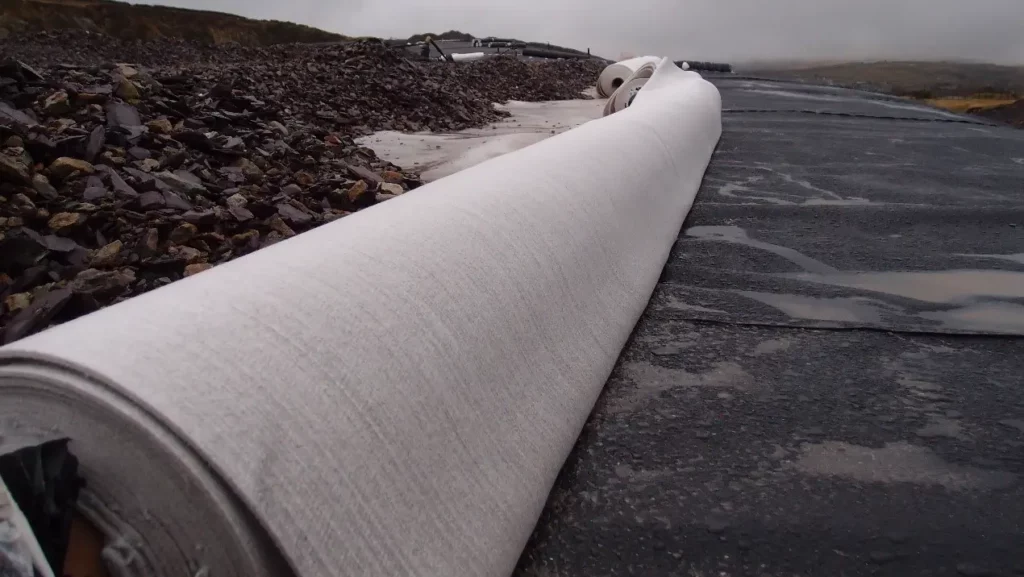
Customization for Specific Needs:
Tailored Solutions: Geotextiles are available in a wide range of types, strengths, and permeabilities. This variety allows for customization based on the specific requirements of different dam projects.
Adaptability to Various Applications: Whether it’s for erosion control, stabilization, or water filtration, there is a geotextile product designed to meet the particular needs of each application.
Integration with Other Materials: Geotextiles can be used in conjunction with other geosynthetic materials, such as geomembranes or geogrids, to create comprehensive, multi-layered solutions that address complex engineering challenges.
Environmental Conservation and Rehabilitation:
Supporting Ecosystems: In projects where environmental conservation is a priority, geotextiles can be used to support the growth of local flora and fauna, aiding in the rehabilitation of the natural habitat.
Minimizing Disruption: Their use helps minimize disruption to the surrounding environment during construction, preserving water quality and protecting wildlife.
In conclusion, geotextiles in water reservoir dam liners not only offer structural benefits but also play a significant role in promoting environmentally friendly and sustainable construction practices. Their durability and ability to be customized for specific project needs make them a versatile and essential component in modern dam construction and maintenance. The use of geotextiles reflects a commitment to ecological balance, longevity, and efficiency in hydraulic engineering projects.
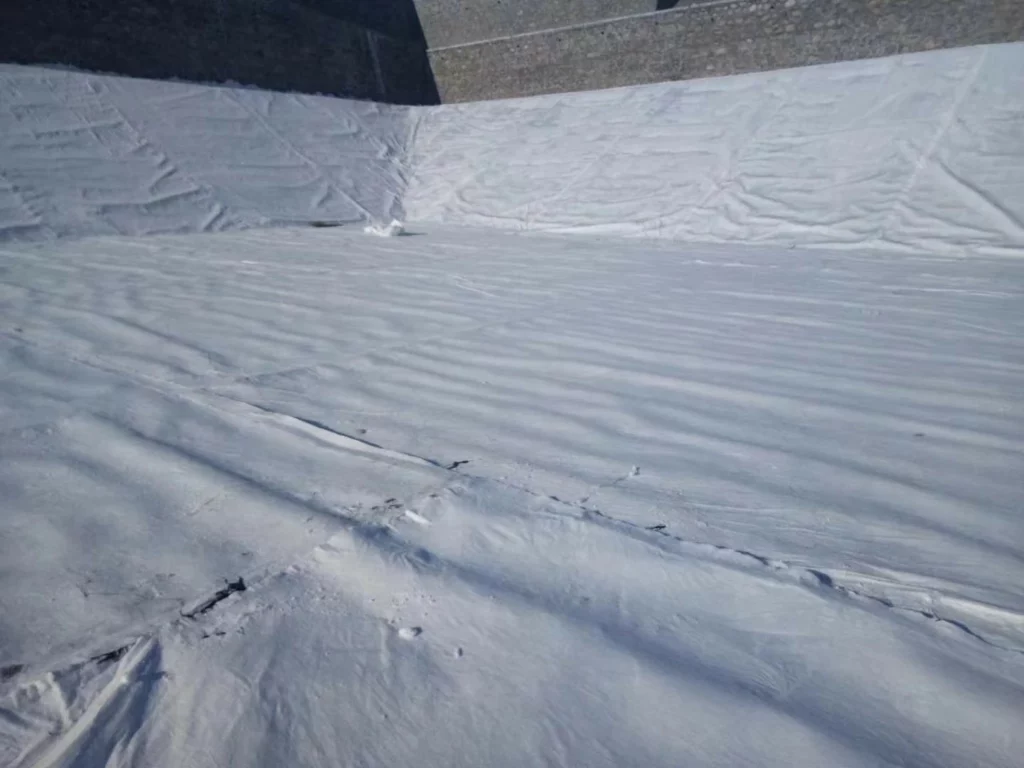
How to Apply Geotextiles in Water Reservoir Dam Liners
Applying geotextiles in water reservoir dam liners involves a methodical approach to ensure maximum efficiency and durability. Here’s a guide on how to do it effectively:
Site Assessment:
Initial Evaluation: Begin with a thorough assessment of the site. Consider factors like soil type, water levels, potential erosion areas, and terrain contours.
Geotextile Selection: Based on the assessment, choose the appropriate type of geotextile (woven, non-woven, or composite) that best suits the site’s specific needs.
Surface Preparation:
Clearing and Grading: Clear the area of debris, vegetation, and any sharp objects. Grade the surface to ensure it’s level and stable, which is crucial for the proper placement of the geotextile.
Geotextile Placement:
Rolling Out: Carefully unroll the geotextile over the prepared surface. Avoid dragging the material to prevent damage.
Alignment: Ensure the geotextile is properly aligned with the direction of water flow or stress points.
Overlapping: If using multiple sheets, overlap the edges adequately (usually by a minimum of about 30 cm) to create a continuous barrier.
Securing the Geotextile:
Anchoring: Use suitable anchors or weights to hold the geotextile in place, especially in windy conditions.
Seaming: If required, seam the overlaps securely, either by stitching, bonding, or using mechanical fasteners, depending on the geotextile type.
Liner Installation:
Placement: Install the dam liner over the geotextile. The geotextile acts as a cushion, protecting the liner from potential punctures or tears.
Securing the Liner: Secure the liner according to the manufacturer’s specifications to ensure a watertight seal.
Inspection and Quality Control:
Thorough Checking: After installation, inspect the entire area to ensure the geotextile and liner are properly placed and secured.
Addressing Issues: Address any issues immediately to prevent future complications, like water leakage or liner displacement.
Post-Installation Care:
Monitoring: Regularly monitor the dam liner and geotextile for signs of wear, damage, or displacement, especially after extreme weather events.
By following these steps, the application of geotextiles in water reservoir dam liners can significantly enhance the structural integrity and functionality of the dam. Proper installation and maintenance ensure these materials fulfill their role effectively, contributing to the longevity and safety of water reservoirs.

CONCLUSION
In summary, geotextiles are an indispensable component in the construction and maintenance of water reservoir dam liners. They provide a multi-functional layer that ensures puncture protection, erosion control, stabilization, and efficient water flow management, all crucial for the dam’s long-term performance. The eco-friendly nature and customizable features of geotextiles further align with modern sustainable construction practices, offering a versatile solution for a variety of dam projects. Their application, ranging from site preparation to final installation, demonstrates a commitment to both ecological preservation and engineering excellence, making them a valuable asset in hydraulic engineering and water management.

